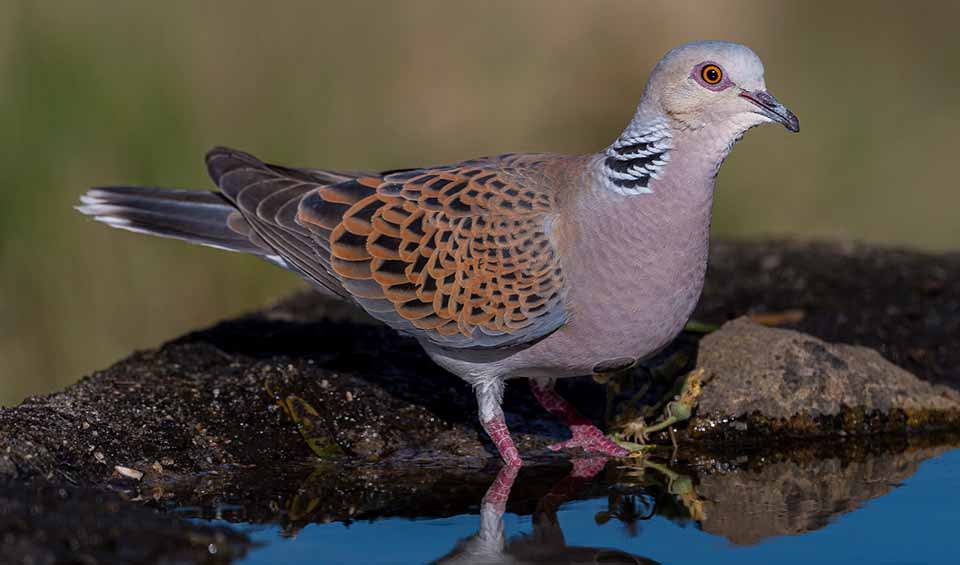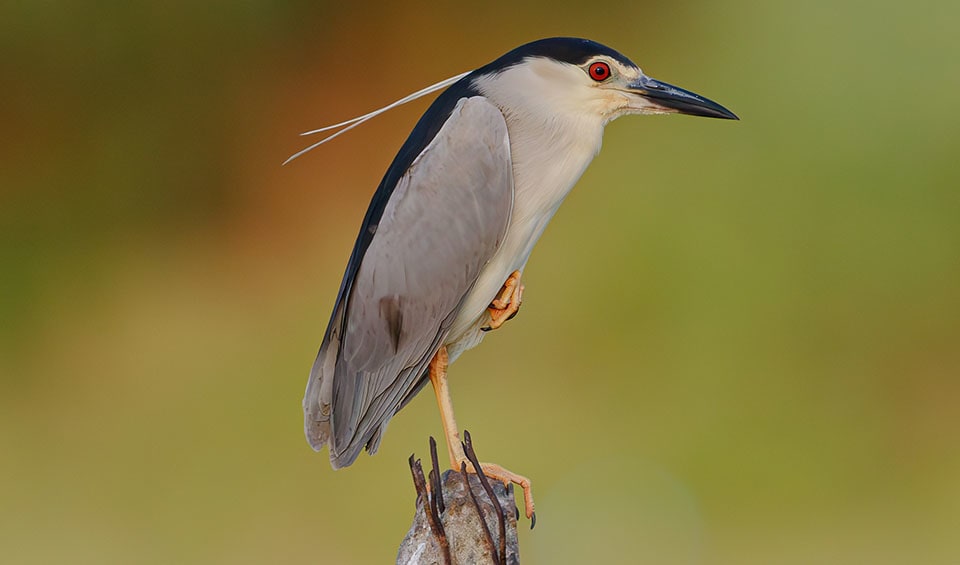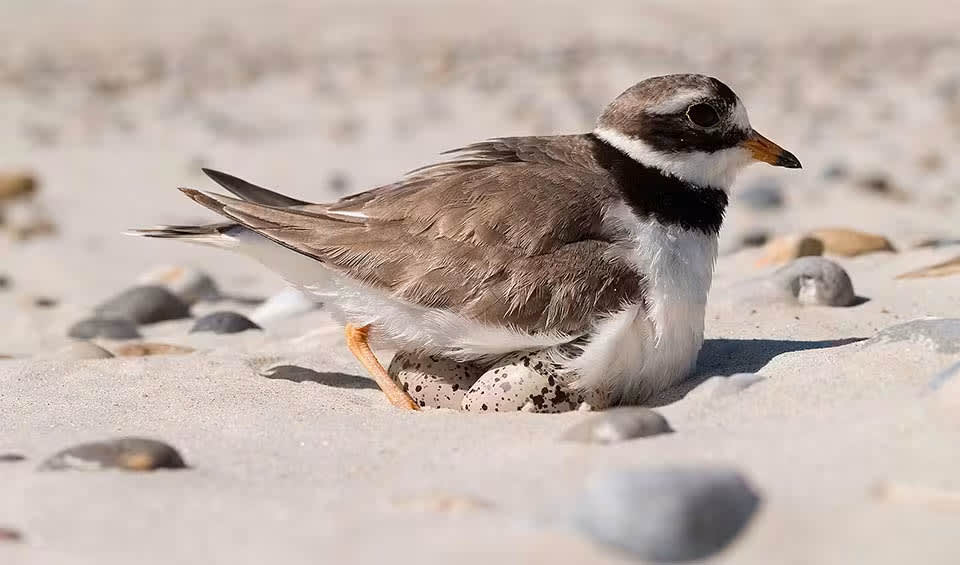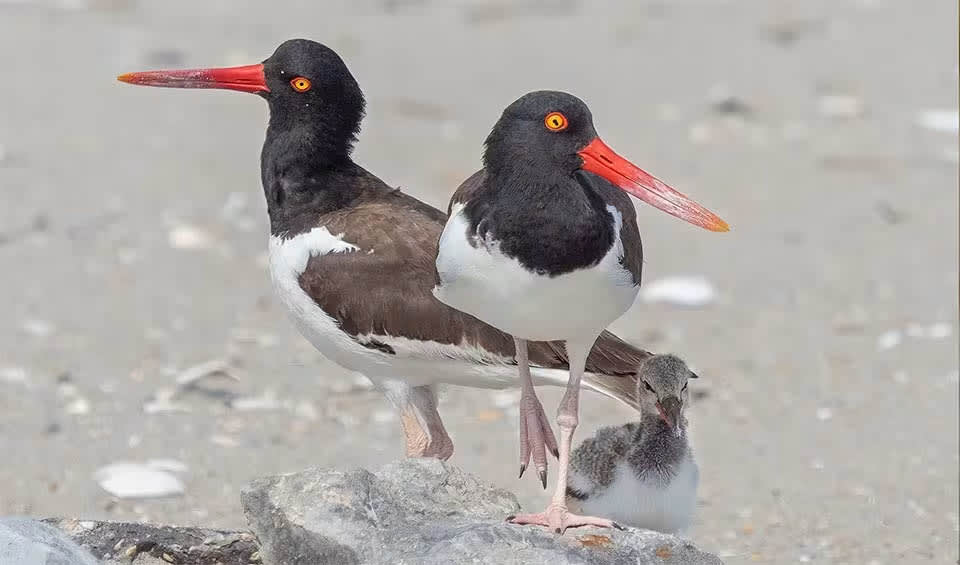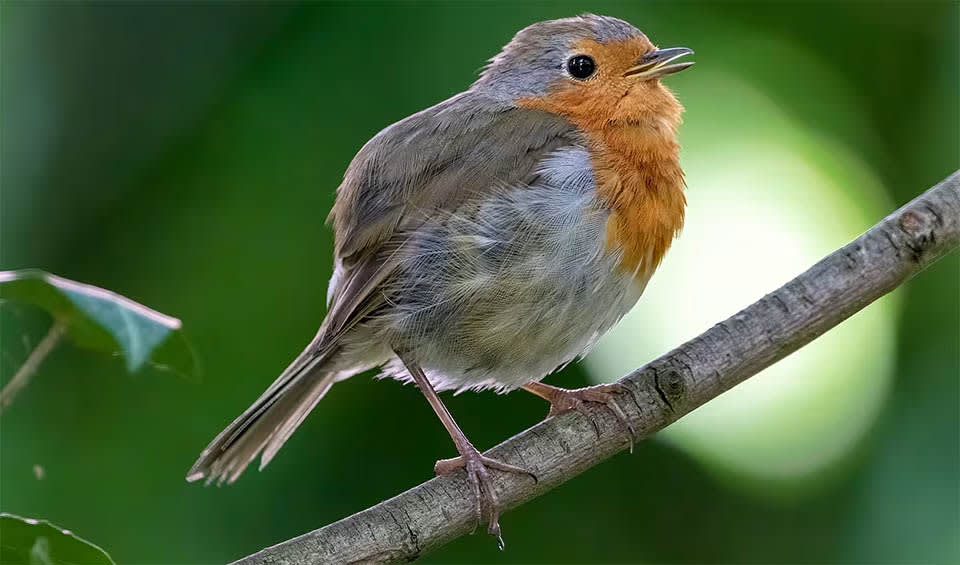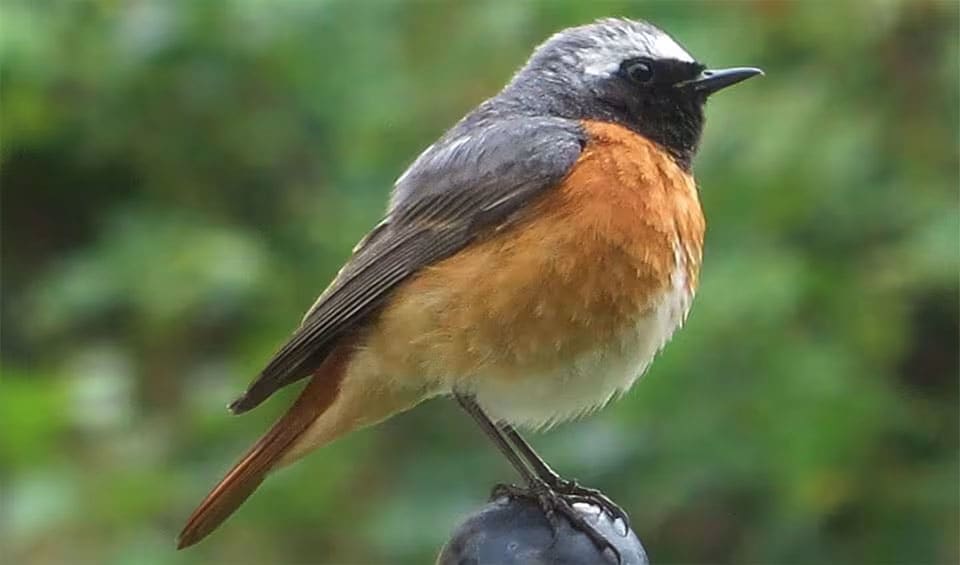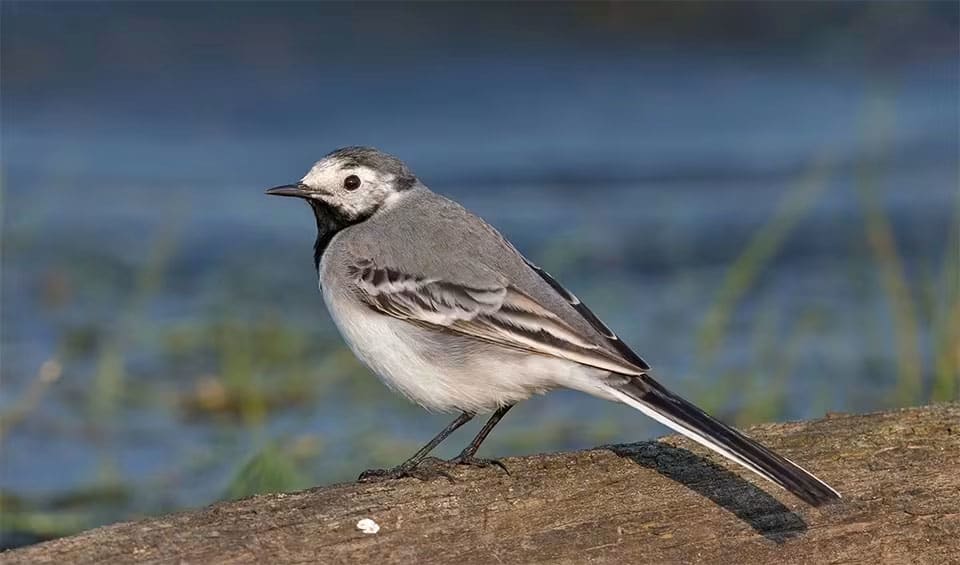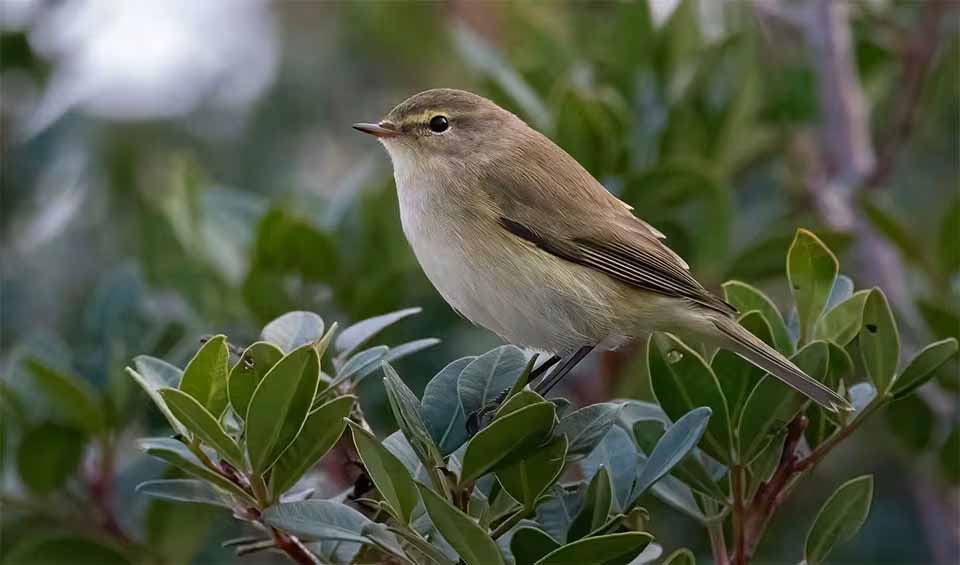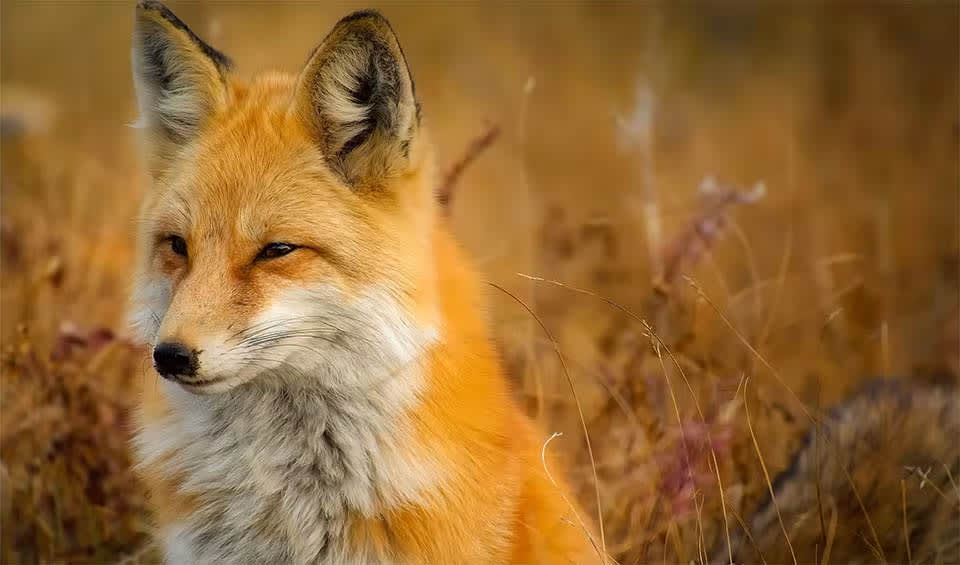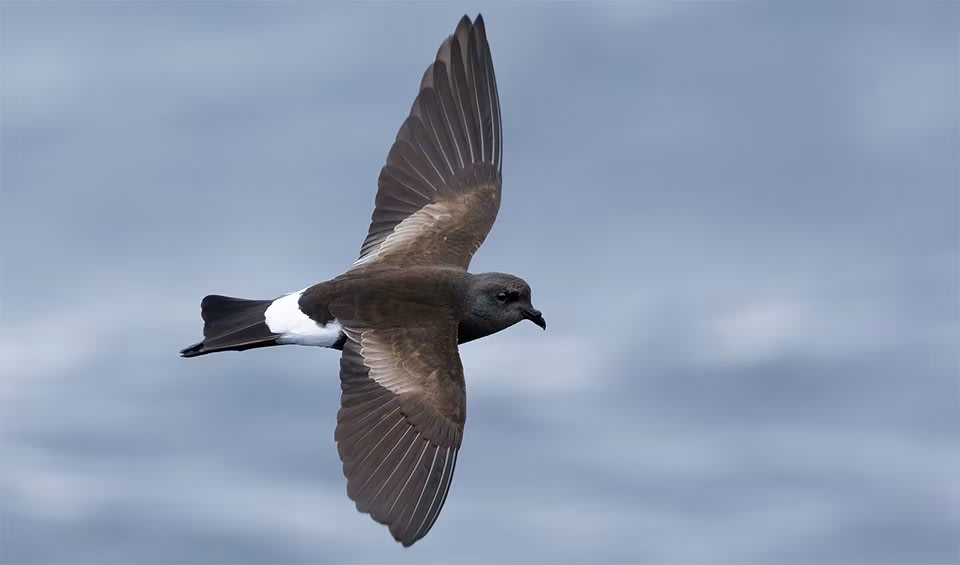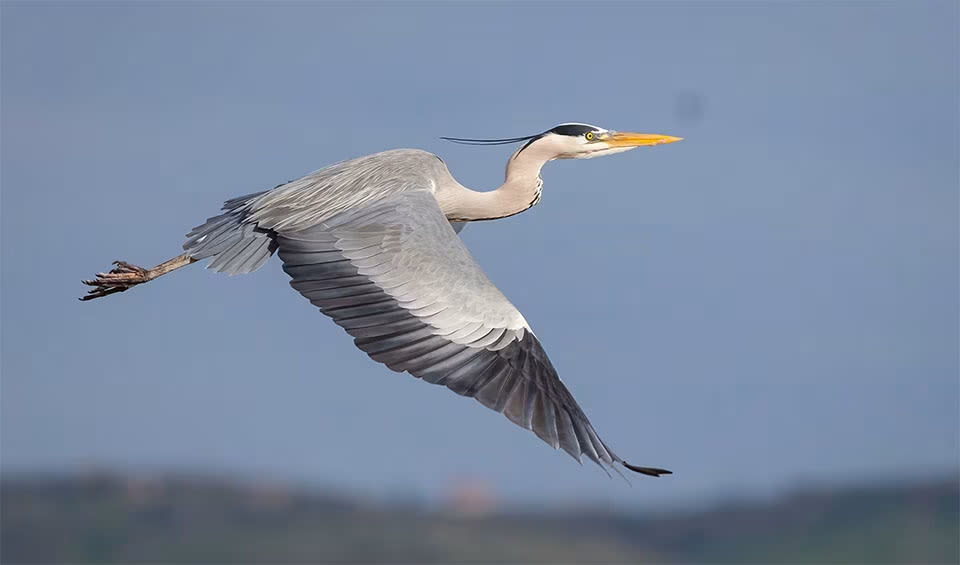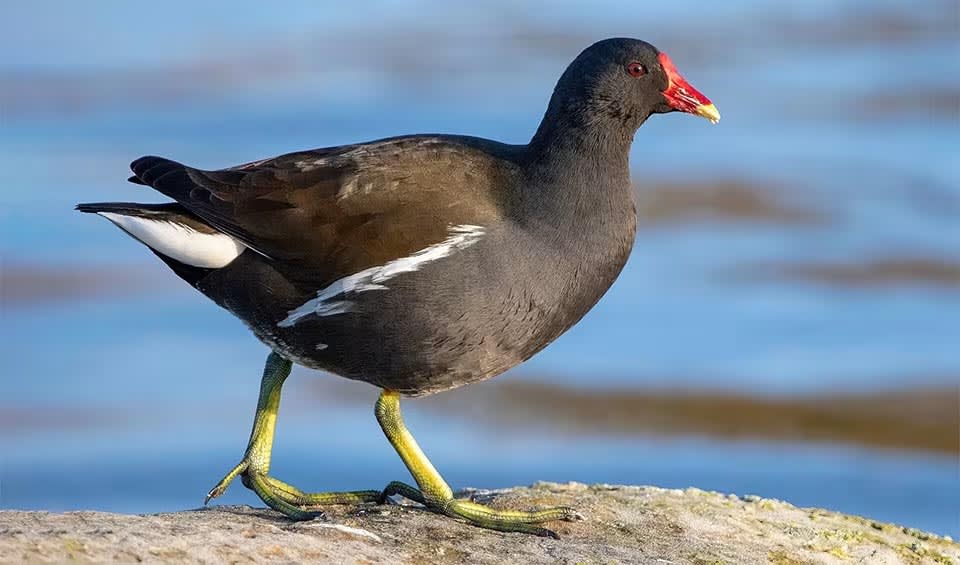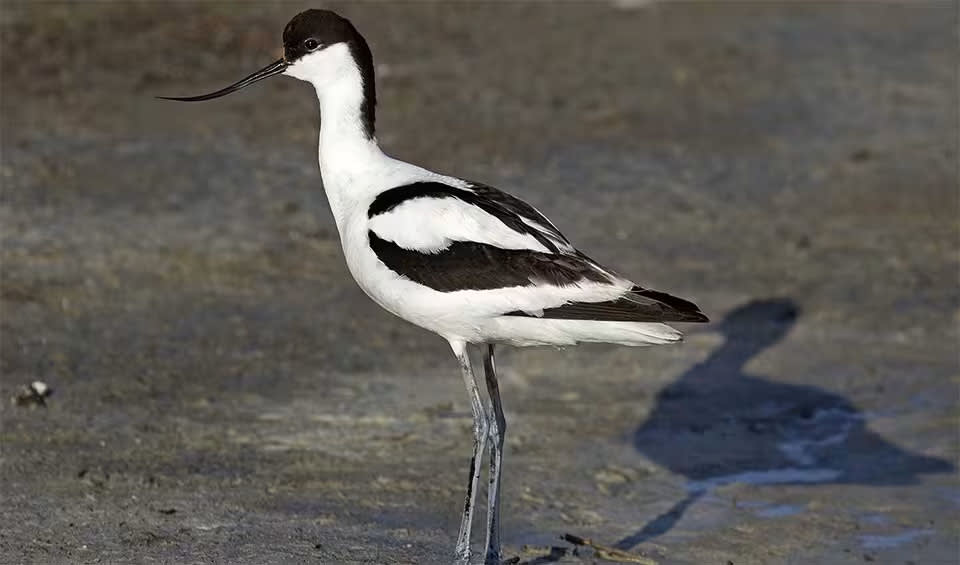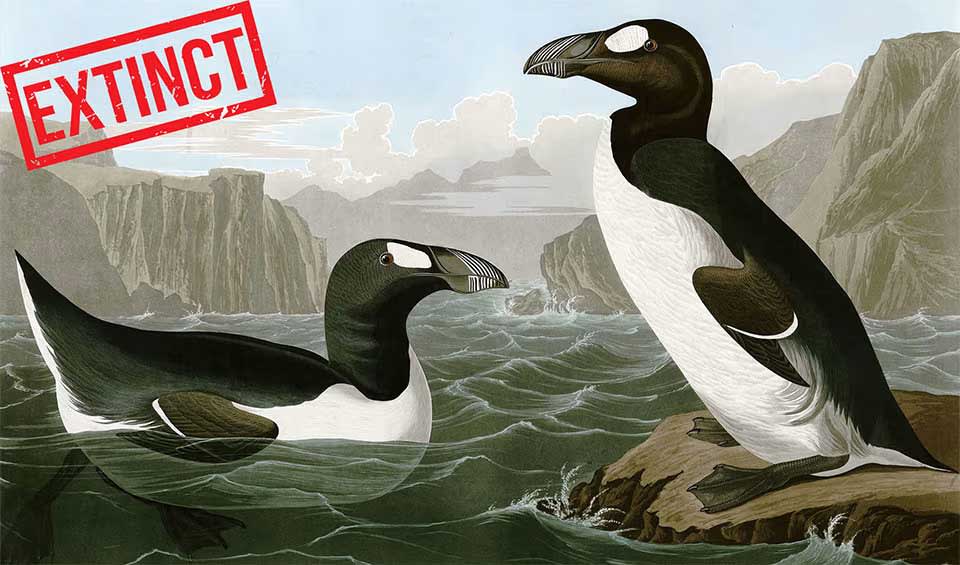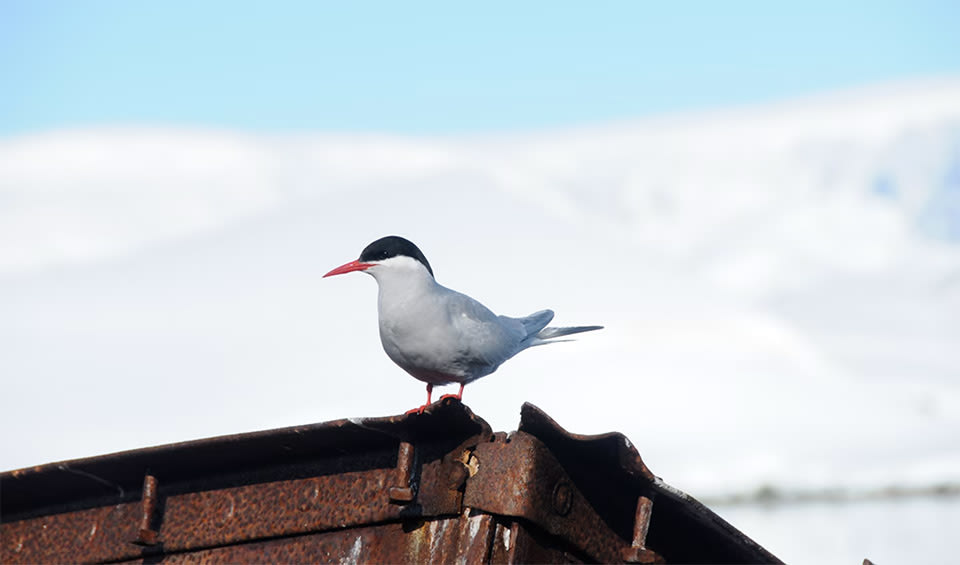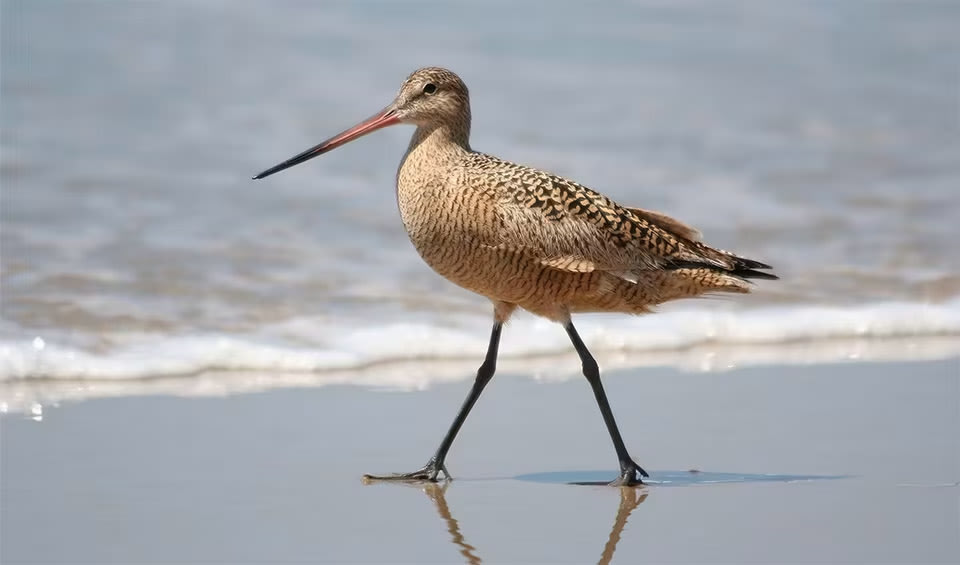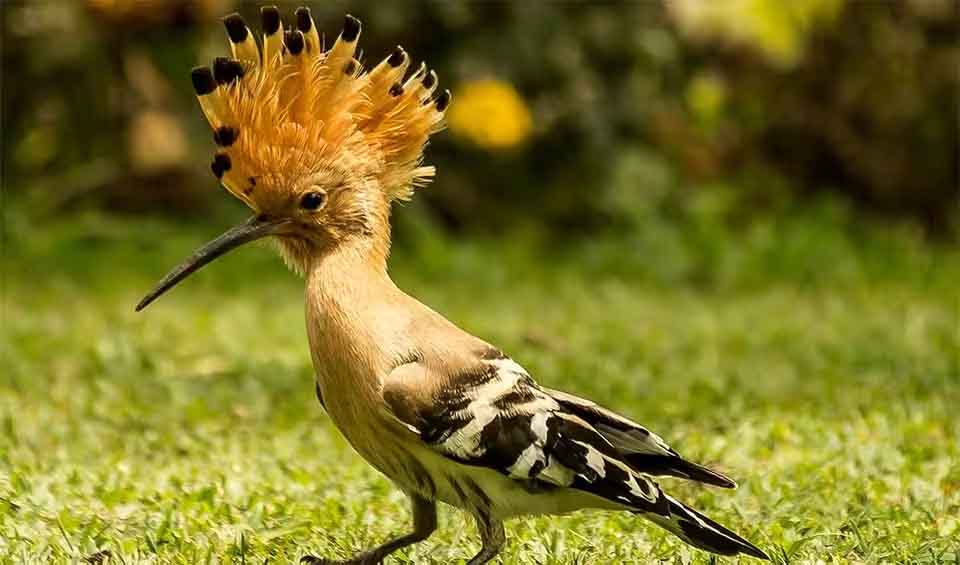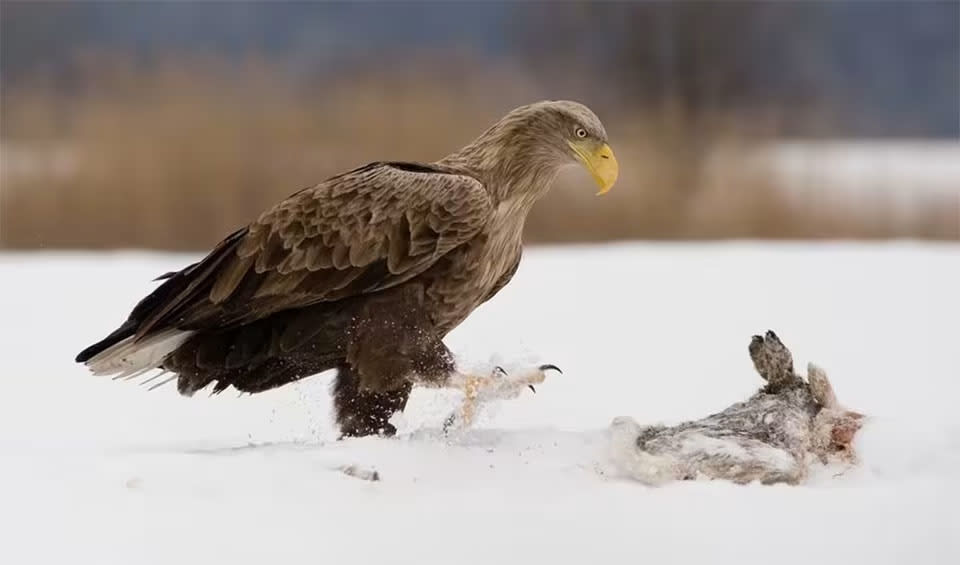Search for Iceland
Northern bottlenose whale
Despite the name, it’s a beaked whale—not the famous bottlenose dolphin
Bearded seal
Each whisker is packed with nerves, so they can “feel” food hidden in mud without seeing it
Brown rat
Can squeeze through shockingly small gaps if their head fits
Atlantic salmon
Travels with nature’s GPS: a magnetic compass and a nose that never forgets home
Grey seal
Researchers once mistook their eerie underwater noises for a submarine!
Snowy owl
There is more to this species than its majestic coat of thick white feathers and piercing yellow eyes
Ruddy shelduck
Has the body of a duck, neck of a goose, and voice of a goose having a bad day
Ruddy turnstone
They flip the script — literally!
European turtle dove
The only long-distance migratory dove in Europe
Wood pigeon
Timid by nature, often flying off at the slightest sign of danger
Black-crowned night heron
One of the most widespread and adaptable herons in the world
Redwing
In Iceland, its arrival is eagerly awaited as it signifies the end of the harsh winter
European herring gull
Famous for stealing chips, sandwiches, and even ice cream right out of people’s hands
Laughing gull
Once you’ve heard them laugh, it’s hard to forget!
Common ringed plover
This bird taps its feet to imitate rain to make the prey reach the surface
Common blackbird
Arguably among the most beautiful songbirds in the world — they enjoy singing after a rain shower
Common crane
The flocks of this social and gregarious bird are fond of migration, flying over the horizon and creating a V-shaped formation
Goosander
Its long, serrated beak, often called a “sawbill,” is perfectly adapted for catching slippery prey like fish
European roller
Loves trees! Only member of its family breeding in Europe
Eurasian oystercatcher
The masters of catching oysters, clams, and cockles
European starling
Brilliant mimics, they can copy bird calls and even human-made sounds like car alarms and ringing phones!
Lesser black-backed gull
A common sight in coastal regions throughout the Northern Hemisphere
Black guillemot
Can withstand harsh winter conditions, often remaining at sea even when the water is frozen
Rock ptarmigan
A bird that can change its color to match its surroundings!
Red-rumped swallow
Amazing flyers — they can even drink water while they’re flying!
Common pochard
Can dive down to the bottom of a lake and rest there, safe from predators!
European pied flycatcher
Males are particularly eye-catching with their black and white plumage, looking like they’re wearing a little tuxedo
European Robin
Can be quite friendly and will often come close to humans, especially if they’re offered food
Hooded seal
Only males possess a unique, inflatable, balloon-like nose that they can inflate into a large red shape
Barn swallow
Most common and widely distributed swallow globally
Northern lapwing
Very active and noisy, with a loud, piercing call that sounds like “pee-wit”
Common nightingale
Often called the “singer of the night,” it produces a complex and beautiful melody that has captivated people for centuries
Common dolphin
Often seen riding the bow waves of boats or performing acrobatic leaps out of the water
Mute swan
Known for their graceful movements and the distinctive “S” shape of their neck
Wood mouse
Often lives close to humans and is sometimes seen as a pest
Whooper swan
Very loyal partners! Once they find a mate, they usually stay together for life
Eurasian blackcap
The males, in particular, produce a rich and intricate song that contributes to their charm
Common redstart
They consistently display a restless demeanor and exhibit a distinctive, tail-trembling behavior
White wagtail
Holds cultural symbolism in some societies, representing good luck
Eurasian kestrel
Adaptable raptor known for its hovering hunting technique and striking appearance
Common chiffchaff
Their migratory behavior is often linked to the availability of insects for food
Tiger shark
They eat almost anything that comes their way – you name it, they’ll try to snack on it!
Basking shark
Majestic giants of the sea, they peacefully glide through the ocean with mouths agape, filtering the waters for sustenance
Arctic fox
Facing the consequences of global warming, they quickly lose their habitat and are pushed northward with the receding cold
Red fox
Ladies and gentlemen, please welcome the world’s most widely distributed carnivore!
Polar bear
Living life on top of the world, but his kingdom is ever-narrowing
Great cormorant
Due to their adaptability and willingness to migrate to more favorable habitats, great cormorants are found worldwide
Wilsons storm petrel
This species is found in all world oceans except the north Pacific Ocean
Leachs storm petrel
These petrels stylishly ride the ocean waves like they own the winds
Manx shearwater
Impressive flights but clumsy walking on the ground are observed in these birds due to awkward legs
Eurasian spoonbill
This bird is unmistakable for its namesake, spoon-shaped bill
Glossy ibis
These birds seem to have lost their way to the beauty pageant
Gray heron
Exhibit powerful flight, with distinctive slow wing beats and an extended neck, defining features during their aerial movements
Purple heron
Its neck is insanely long and super flexible, giving it a slinky, snake-like appearance when it hunts
Great tit
The songbird that occasionally eats bats
House sparrow
The most widely dispersed wild bird
Eurasian coot
Like those bulging red eyes weren’t scary enough, they eat their innocent chicks when hungry
Common moorhen
Living around smelly brackish marshes is unthinkable, but these birds love their isolated habitat or don’t have a sense of smell
Gyrfalcon
Largest of falcons: can grow up to 60cm (2 ft) in height
Peregrine falcon
At the speed of over 321 km/h (200 mph), this bird outraces a Formula1 car
White stork
The folktale bird that brings the babies!
Pied avocet
One of the very few birds with an upturned bill
Black-winged stilt
Elegant long-legged wader, common almost worldwide
Eurasian stone-curlew
One of the bigger waders with a reptilian eye
Great skua
Jack Sparrow of the bird kingdom
Common murre
The penguins that can fly
Great auk
Last of these beautifully glossy, black and white birds were hunted in 1844 off the coast of Iceland
Atlantic puffin
This incredible bird can hold up to 30 fish in its beak at once
Arctic tern
This bird can give any cross-country runner a run for their money
Common tern
This bird holds the record of the longest distance flown by any bird in recorded history
Black-tailed godwit
The most elegant of all godwit species
Common swift
These enthusiastic travelers can be seen almost worldwide in different seasons
Eurasian hoopoe
Dependable wings and a muscular build. Nope, we aren’t talking about the next Redbull ad campaign
Wood duck
The red-eyed hipsters of the duck world
Mallard
This invasive species is the ancestor to most of the modern ducks
White-tailed eagle
Extinct and reintroduced – What’s the story behind these so-called ‘flying barn doors’?
Western marsh harrier
The yellow-eyed devil
Eurasian sparrowhawk
Better call the ambulance before the Sparrowhawk comes to devour all those who are injured
Common buzzard
They eat just about everything — rabbits, rodents, birds, carrion, earthworms, insects… even beetles get a look-in
Osprey
One of only six land-birds with a cosmopolitan distribution habituating all continents except Antarctica
Harp seal
Named after the black, curved marking on their backs that resembles a harp!
Harbor seal
Slows the heartbeat from 80 bpm to 3-4 bpm before a deep dive; quickly accelerates after surfacing
Walrus
Tusked marine mammals heralding climate emergency!
Narwhal
Their large ivory tusk which is a protruding canine tooth of the male makes them The ‘unicorns of the sea’
Beluga
Known as the “canaries of the sea,” due to their wide range of sounds
Gray whale
Once called ‘devil fish’ by whalers due to their fighting behavior when hunted
Bowhead whale
They hold the title of heaviest animals, weighing about 100,000 kg
North Atlantic right whale
Believed to be only seen by scientists for 50 hours in the last 50 years
Reindeer/Caribou
Males drop their antlers before Christmas, but females keep their antlers until spring








